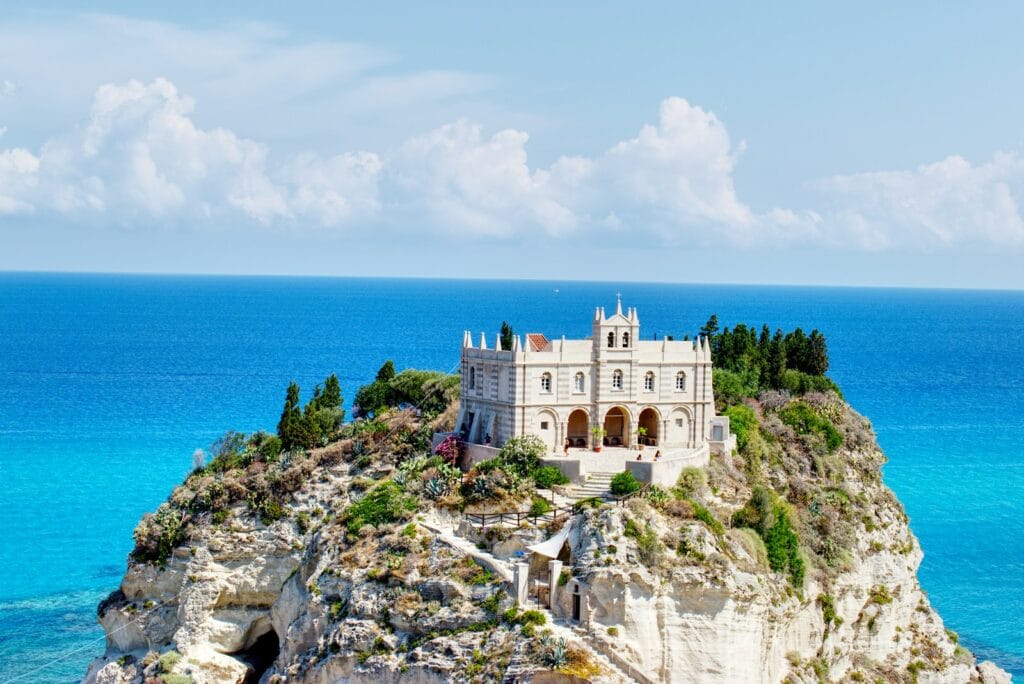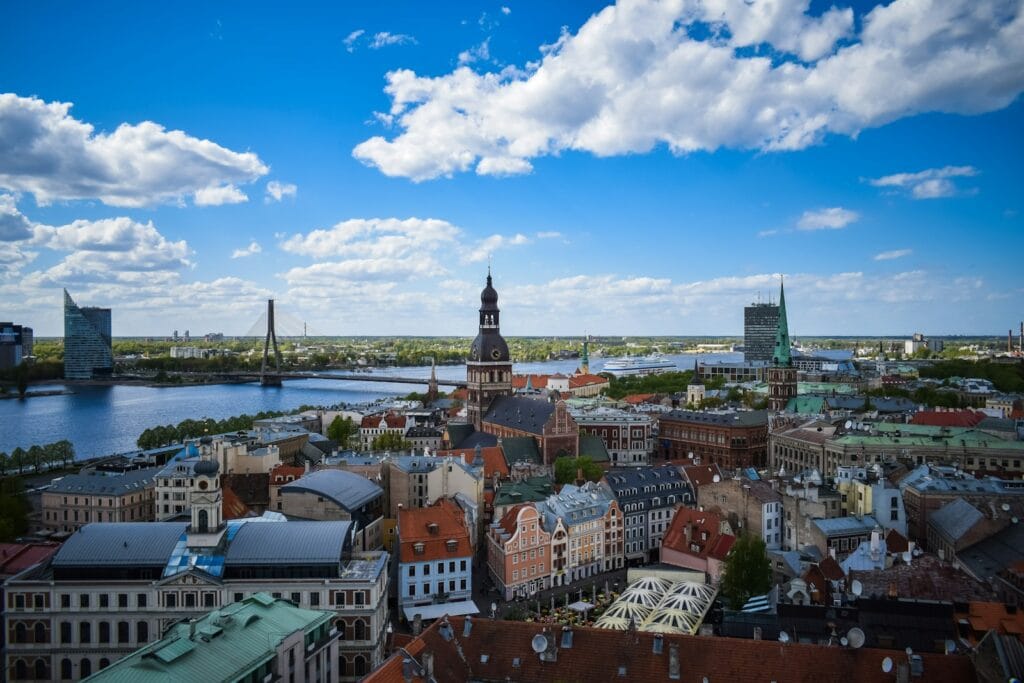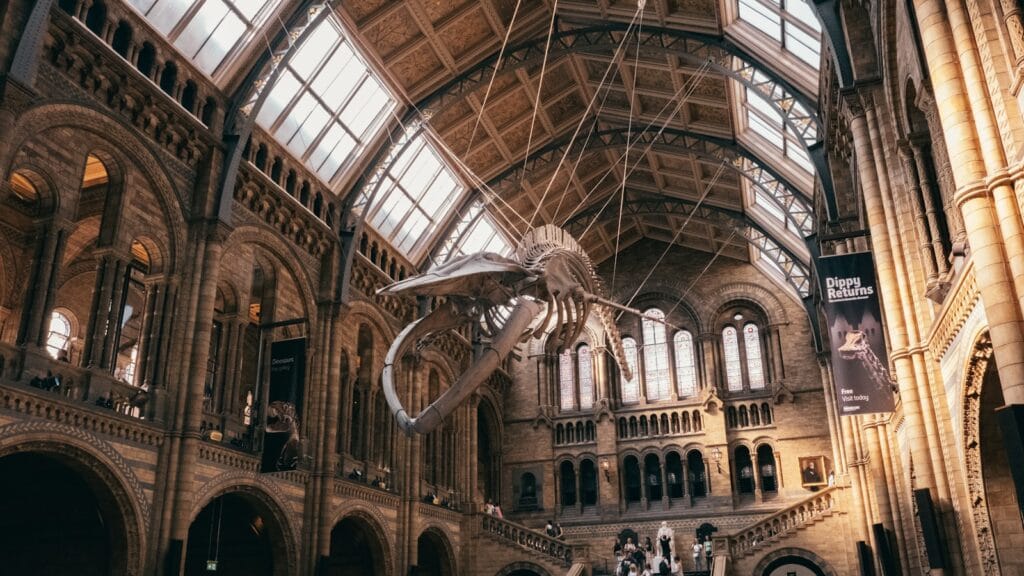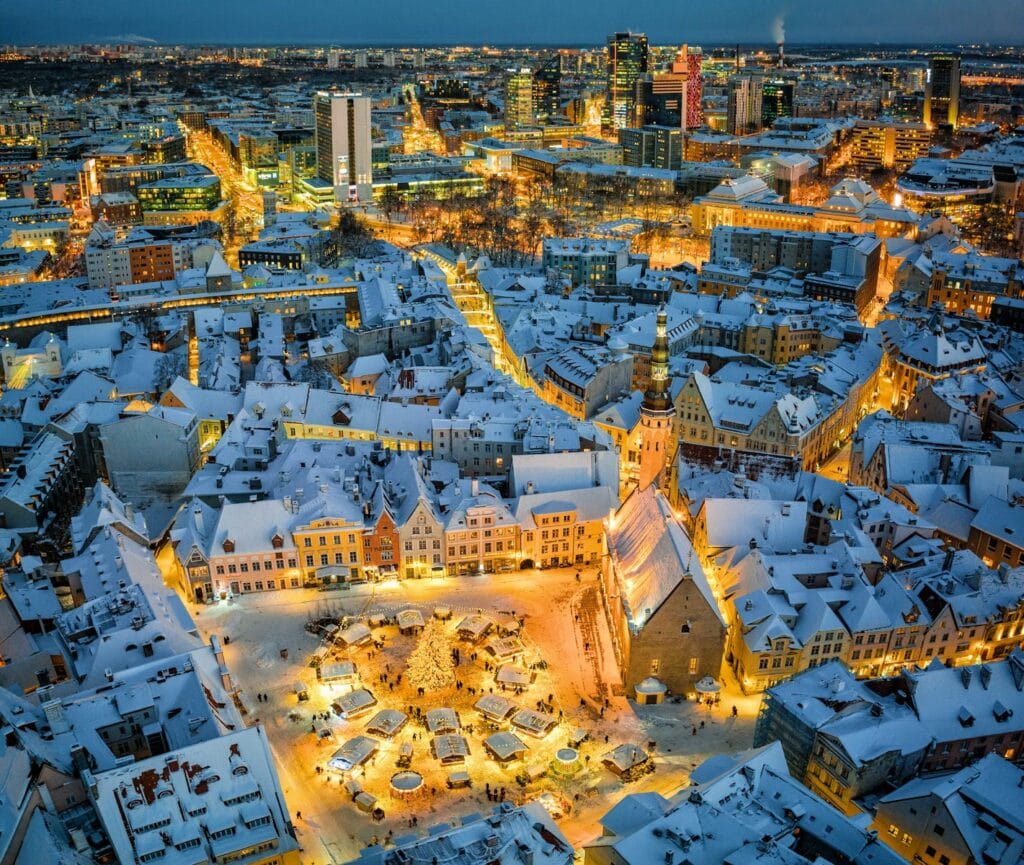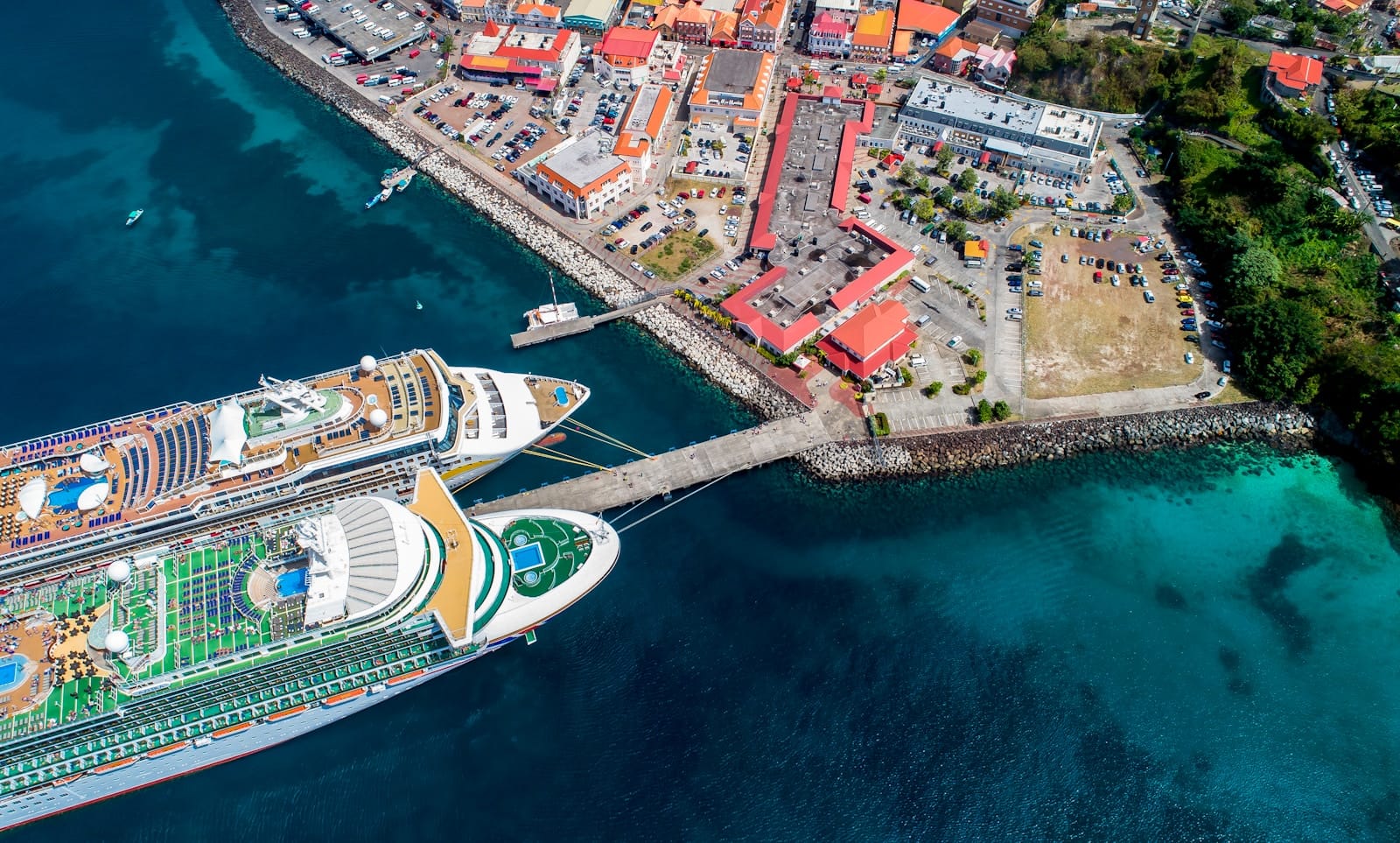Ireland Travel Guide: Castles, Cliffs & Celtic Soul
Intro to Ireland Travel Guide
Emerald hills, storytelling pubs, ancient stone ruins, and dramatic coastlines — Ireland is a destination of myth and melody. Whether you’re road-tripping the Wild Atlantic Way or tracing your roots in cozy villages, Ireland blends nature, culture, and deep tradition into one unforgettable journey.
Start planning with our complete Ireland Travel Guide — discover the best time to visit, travel cost in Ireland, top places to explore, and immersive Ireland tours that bring the island’s beauty and history to life.
Looking for immersive Ireland tours? From castle stays and scenic drives to food walks and Celtic folklore, experience the most unforgettable things to do in Ireland with trusted local guides.
Where to Go in Ireland
Carlow | Cavan | Clare | Cork | Donegal | Dublin | Galway | Kerry | Kildare | Kilkenny | Laois | Leitrim | Limerick | Longford | Louth | Mayo | Meath | Monaghan | Offaly | Roscommon | Sligo | Tipperary | Waterford | Westmeath | Wexford | Wicklow
💡Quick Facts:
Destination: Ireland
Continent: Europe
Country: Ireland
Area: 70,273 km²
Population: ~5.1 million (2025 est.)
Density: ~73/km²
Capital: Dublin
Regions/Subregions: Leinster, Munster, Connacht, Ulster (26 counties in total)
Official Languages: Irish (Gaeilge), English
Currency: Euro (€)
Time Zone(s): GMT (UTC+0), DST: IST (UTC+1)
Airports (main/nearest): Dublin Airport (DUB), Cork Airport (ORK), Shannon Airport (SNN), Ireland West Knock (NOC), Kerry Airport (KIR)
Climate: Temperate maritime – mild winters, cool summers, frequent rainfall
Known For: Wild Atlantic Way, Cliffs of Moher, Ring of Kerry, Guinness, castles, traditional music, UNESCO sites (Skellig Michael, Giant’s Causeway nearby in Northern Ireland)
🛂Arrival Info:
EU/EEA/Swiss nationals: No visa required.
US, Canada, Australia, UK: Visa-free up to 90 days.
Other nationalities: May need a visa; check Irish Naturalisation and Immigration Service.
ETA system: Ireland does not use UK ETA; separate requirements apply.
🏥Health Info:
Vaccines: No mandatory; recommended Hepatitis A, Hepatitis B for long stays.
Hospitals: Public hospitals available, private clinics in major cities.
Emergency number: 112 / 999.
Insurance: Strongly advised due to high medical costs.
Water: Tap water safe nationwide.
🚑 Check travel insurance options for travel emergencies, delays, and medical needs abroad — Get coverage here
💉 Stay Informed with Official Updates: WHO – International Travel & Health | CDC – Travel health updates
🚨Travel Advisory:
Safety level: Generally safe; petty theft in tourist zones.
Crime: Low violent crime rates.
Weather risks: Storms and flooding can disrupt travel.
🌍Track Real-Time Official Updates: US Travel Advisory | UK Foreign Travel Advice | Government of Canada | NZ SafeTravel
🥳Holidays:
New Year’s Day: Jan 1
St. Patrick’s Day: Mar 17 (parades, heavy travel)
Easter Monday: Variable date (closures)
May Day: First Monday in May
Christmas Day: Dec 25
St. Stephen’s Day: Dec 26
Impact: Closures and altered bus/train schedules.
💰Visitor Info:
Currency: Euro (€).
Payments: Cards accepted widely; rural shops may prefer cash.
Tipping: 10–12% in restaurants if service not included.
Duty-free: EU rules; VAT refunds for non-EU visitors.
Average Daily Budget: €70–100 (budget), €120–180 (mid-range), €200+ (luxury).
Tourist tax: Applied in some accommodations.
🛫Airports:
Dublin (DUB): Main hub; flights to US, Europe, Middle East.
Shannon (SNN): West coast, transatlantic connections.
Cork (ORK): Regional hub to UK/EU.
Knock (NOC), Kerry (KIR): Seasonal/budget flights.
Transfers: Coach and bus links from airports to cities.
🧳 Delayed or canceled flight? Check if you’re eligible for compensation
🚍Transport:
Local: Dublin has Luas tram, DART rail, buses; taxis and FreeNow app.
Intercity: Irish Rail, Bus Éireann, private coach services.
Ferries: Rosslare, Dublin, Cork connect to UK/France.
Driving: Left-hand traffic; IDP recommended for non-EU visitors.
Costs: Bus cheaper than rail; travel passes available.
🚗 Book reliable airport transfers and in-city rides in advance. Reserve your ride here
🛰️Connectivity:
SIM/eSIM providers: Vodafone, Three, Eir.
Coverage: Strong in cities; patchy in rural west.
Wi-Fi: Available in cafés, pubs, transport hubs.
Roaming: Free within EU.
🛜 Stay connected abroad with affordable eSIM data packs. Get your eSIM here
📜Laws & Etiquette:
Alcohol age: 18+ (strict ID checks).
Smoking: Banned in indoor public spaces.
Dress: Casual, modest in churches.
LGBTQ+: Accepted and legally protected.
Social norms: Handshakes, queuing, tipping for service.
👮Emergency Info:
Emergency numbers: 112 / 999
US Embassy: Dublin, +353 1 668 8777
UK Embassy: Dublin, +353 1 205 3700
Tourist police: Available at Store Street Garda Station, Dublin.
🏛️ Use embassy locator tools: Embassies Worldwide
🌞Weather:
Spring (Mar–May): 8–15°C, flowers, moderate rain.
Summer (Jun–Aug): 15–22°C, long days, peak season.
Autumn (Sep–Nov): 10–17°C, colorful foliage, wetter.
Winter (Dec–Feb): 2–8°C, short daylight, damp, storms possible.
Tip: Rain gear essential year-round.
🌦️ Stay prepared—check the weather forecast for your destination — Weather Forecast
Ireland by Region – Where to Go
Ireland’s compact size makes it perfect for regional exploration, from ancient cities to coastal headlands.
Dublin & the East
The capital city offers Georgian architecture, vibrant neighborhoods, and literary legacy. Visit Trinity College, Guinness Storehouse, and Temple Bar, or explore nearby Wicklow Mountains and Glendalough.
The Wild Atlantic Way – West Coast Wonder
Stretching from Donegal to Cork, this scenic route includes Cliffs of Moher, Dingle Peninsula, Galway, Connemara, and The Burren — a dream for road trippers and nature lovers.
Northern Ireland
A separate UK jurisdiction, but easily accessed. See Belfast’s Titanic Quarter, Giant’s Causeway, and Dark Hedges, made famous by Game of Thrones.
The South – Cork, Kerry & Castles
Explore Cork City, Blarney Castle, and Kinsale’s gourmet charm. In County Kerry, tour Ring of Kerry, Killarney National Park, and picturesque towns like Dingle and Kenmare.
Less touristy but rich in folklore and ruins. Visit Clonmacnoise Monastery, Athlone, and the River Shannon for boating and fishing.
Top Places to Visit in Ireland
Iconic Sights
- Cliffs of Moher: Towering sea cliffs on the west coast
- Giant’s Causeway: Natural basalt columns in Northern Ireland
- Blarney Castle: Kiss the stone for the gift of gab
- Ring of Kerry: Classic driving loop through mountains and coastline
- Guinness Storehouse (Dublin): Ireland’s most-visited attraction with rooftop bar views
Cultural & Historic
- Kilmainham Gaol (Dublin): Political prison turned museum
- Trinity College & Book of Kells: Illuminated manuscript and historic library
- Rock of Cashel: Medieval ruins in County Tipperary
- Newgrange: Prehistoric tomb older than Stonehenge
- Cobh Heritage Centre: Learn about Irish emigration and Titanic history
Nature & Adventure
- Killarney National Park: Lakes, red deer, and jaunting car rides
- The Burren: Karst landscape with wildflowers and caves
- Aran Islands: Gaelic-speaking, car-free islands off the coast of Galway
- Slieve League Cliffs: Higher and less crowded than Cliffs of Moher
- Dingle Peninsula: Coastal hikes and dolphin tours
How to Choose Where to Go in Ireland
For first-time visitors, combine Dublin + Cliffs of Moher + Ring of Kerry for a classic intro.
Road trippers should drive the Wild Atlantic Way (minimum 7 days).
History buffs will love Newgrange, Kilmainham Gaol, and Belfast.
Nature lovers should explore Connemara, The Burren, and Killarney.
Foodies will enjoy Cork, Galway, and Kinsale.
Suggested pairings:
- Dublin + Wicklow (city + hiking)
- Galway + Aran Islands (culture + nature)
- Kerry + Cork (castles + coasts)
How to Get Around Ireland
- Car Rental: Best for flexibility and scenic routes
- Trains: Connect major cities like Dublin, Cork, Limerick, and Galway
- Buses: Budget option; Irish Rail and Bus Éireann cover most towns
- Tours: Ideal for solo travelers or short trips; day tours to Cliffs of Moher, Kilkenny, or Giant’s Causeway available from Dublin
- Ferries: Reach Aran Islands or cross to Northern Ireland
Driving is on the left, and rural roads can be narrow — go slow and rent a small car when possible.
Travel Budget & Costs in Ireland
The travel cost in Ireland is moderate for Western Europe, with rural areas being more affordable than cities.
- Budget travelers: $60–$90/day (hostels, pub meals, buses)
- Mid-range: $120–$200/day (B&Bs, rental car, guided tours)
- Luxury: $250–$500+/day (castle hotels, private drivers, gourmet dining)
Sample prices:
- Pub meal + pint: $15–$25
- Entry to major site: $10–$20
- Car rental: ~$40–$70/day
- Day tour: $50–$90
- Castle stay: $200–$400/night
Best Time to Visit Ireland
Best time to visit Ireland: May to September
- May–June: Long days, fewer crowds, mild weather
- July–August: Peak season, warmest temps, more festivals
- September–October: Golden light, fewer tourists, cooler nights
- November–March: Off-season; great for city breaks, but wet and chilly in rural areas
Events:
- St. Patrick’s Day (March 17): Countrywide parades and pub life
- Galway Arts Festival (July): Music, theater, and street performance
- Puck Fair (August, Kerry): Ireland’s oldest fair with a goat king
- Halloween (Samhain): Originates from Celtic traditions in Meath
Must-See Experiences in Ireland
- Kiss the Blarney Stone for eloquence
- Listen to live trad music in a Galway pub
- Hike the Cliffs of Moher coastal trail
- Sail to Inishmore in the Aran Islands and rent a bike
- Explore Dublin’s literary history on a guided walking tour
- Take a whiskey tasting tour in Jameson Midleton or Teeling Distillery
- Cycle the Great Western Greenway in Mayo
- Drive the Causeway Coastal Route from Belfast to Derry
Book immersive Ireland tours and experience unforgettable things to do in Ireland — from castle trails and Celtic myths to cliffside hikes and pub crawls with live fiddle tunes.
Best Travel Itineraries in Ireland
7-Day Highlights Tour
Day 1: Arrive Dublin – city tour, Temple Bar
Day 2: Wicklow Mountains day trip
Day 3: Drive to Kilkenny – visit castle and medieval mile
Day 4–5: Killarney & Ring of Kerry
Day 6: Cliffs of Moher + Galway
Day 7: Return to Dublin or extend to Aran Islands
10-Day Wild Atlantic Way Road Trip
Add: Donegal, Connemara, Mayo, Dingle Peninsula, and Skellig Michael
Local Cuisine & Culinary Experiences
Ireland’s food scene has gone from hearty to haute — while still rooted in comfort and local ingredients.
- Irish stew: Lamb, potatoes, carrots, and broth
- Boxty: Potato pancake from the northwest
- Seafood chowder: Rich and creamy, found in coastal towns
- Soda bread: Dense and satisfying, served with butter
- Black pudding: Breakfast staple made with oats and blood
- Farmhouse cheeses, craft beers, and small-batch whiskeys
- Oysters (Galway) and mussels (Kerry)
Join a food tour in Cork or Galway, take a bread-making workshop, or visit a whiskey or gin distillery on your route.
Travel Safety & Cultural Etiquette in Ireland
- Safety: Very safe; petty theft rare, especially in rural areas
- Tipping: 10% in restaurants appreciated but not mandatory
- Etiquette: Greet with a smile; politeness and storytelling are prized
- Driving: Left-hand side; be cautious on country roads
- Currency: Euro (Republic of Ireland), Pound Sterling (Northern Ireland)
- Language: English widely spoken; Irish (Gaelic) is also official in Republic
Where to Go Next – Pair Ireland with These Destinations
- Scotland: Easy flights or ferries; mix Irish charm with Highland drama
- Wales: Celtic cousin with castles and coastal hikes
- England: Combine with London, Oxford, or Cotswolds
- Northern Ireland: Belfast, Giant’s Causeway, and Titanic history
Explore more:
- Scotland Travel Guide – Highlands, lochs, and castle roads
- Wales Travel Guide – Seaside villages and hiking paths
- England Travel Guide – Royal cities and countryside escapes
- Northern Ireland Travel Guide – Cliffs, history, and culture
Final Planning Checklist for Ireland
- Book accommodation early in summer and around major festivals
- Rent a small car for countryside access
- Bring layers, waterproofs, and good walking shoes
- Download maps for remote areas
- Make dinner reservations in Dublin and Galway during peak months
- Learn a few Irish phrases or pub toasts
- Check ferry schedules if visiting islands like Inishmore or Skellig Michael
Explore Ireland with confidence using our trusted tips, local insights, and region-by-region planning tools.


